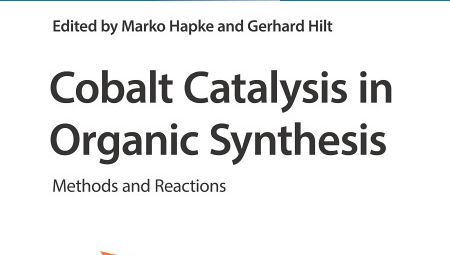From kobold to cobalt: a new publication titled "Cobalt Catalysis in Organic Synthesis: Methods and Reactions" describes just how important cobalt metal is.

The metal cobalt (the name is derived from the German word “Kobold” for goblin, meaning that in the Middle Ages cobalt-containing ores were thought to be valuable silver or copper ores) is best known as an alloying component in high-alloy steels. In recent times, it has become increasingly important due to its application in electro-mobility, raising its demand. Cobalt is one of the few transition metals that has an extremely important role in the human body because of its presence in vitamin B12. In addition, the properties of cobalt compounds have recently been studied towards their use as a mediator/catalyst, especially for the preparation of organic compounds. This research has led to a boom in synthetic chemistry using cobalt compounds. The recently published monograph Cobalt Catalysis in Organic Synthesis: Methods and Reactions, edited by JKU professor Marko Hapke (Institute for Catalysis, INCA) and Prof. Gerhard Hilt (University of Oldenburg), both active researchers in the area of sustainable cobalt catalysis, provides the first concise overview of this exciting area. It spans cobalt catalyst development to application in the preparation of a wide variety of organic compounds, including the first applications in the synthesis of active pharmaceutical ingredients and describes still unexplored areas of future research.
 Go to JKU Homepage
Go to JKU Homepage








